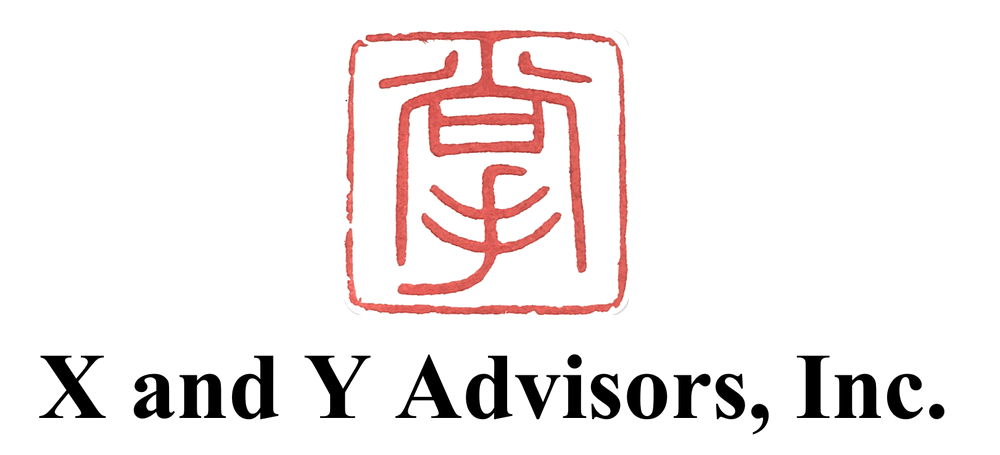It was sad to learn that thousands of people lost their home because of hurricane Harvey and Irma. As a financial planner, I am more worried about that some victims are not able to recover from the loss financially because they don’t have homeowners insurance. Even for those victims who have homeowners insurance, they would be surprised and unhappy about the actual amount they can receive from the insurance company due to lack of understanding of their own policies. They could not make any change now but will learn from the claim process. For people who own a house and have not used your homeowners insurance before, I highly recommend you to read through your own policy and make sure you understand exactly what it covers and how much it covers. I will talk about a couple of common misunderstandings of the homeowners policy in this post. Hope it helps.
Misunderstanding #1: All damages to my house will be covered.
This is not true. Even though there is still some type of policies that only cover certain listed perils, most commonly sold homeowners insurance policies today should cover all perils except those specifically excluded. The most common exclusions are the earthquake, flood, power failure, nuclear hazard, and war. Earthquake and flood insurance can be purchased separately or through an endorsement to your current policy. You could learn more about the National Flood Insurance Program here and the National Earthquake Hazards Reduction Program here. You may be required to have flood insurance if you live in a high-risk flood zone with a mortgage. For hurricanes, the damage will be covered if wind causes it. However, most of the damage, which is usually done by the associated flood, will not be covered. You may also have a separate hurricane deductible if your house is in a high-risk area. For California residents, here is a website that could help you identify any natural hazards your home may potentially face and then help you make an informed insurance decision.
Misunderstanding #2: The insurance company will pay me based on the market value of my house.
This is deadly wrong. First of all, homeowners insurance policy usually does not cover the value of the land which may be a big part of the market value of your house. Secondly, the value being used by your insurance company to determine how much you will get paid is either Actual Cash Value or Replacement Cost, which is chosen by you at the time of the purchase. A policy with Replacement Cost coverage will reimburse you for the cost of replacing your damaged or destroyed property with a same or similar new one up to the coverage amount. A policy with Actual Cash Value coverage will only pay you an approximately amount equal to the replacement cost minus any depreciation (the depreciation amount is mainly calculated based on the estimated remaining lifespan of the property). Obviously, the Replacement Cost Coverage provides higher coverage, but the premium is usually higher.
Misunderstanding #3: I will get reimbursed up to my coverage amount after the deduction.
It may be the case. Most common homeowners insurance policies have a coinsurance clause which requires the property to be insured for at least a certain percentage of the replacement value. The normal percentage is 80%, so it is often called the 80% rule. In other words, if you choose to get a coverage less than 80% of the replacement value, your reimbursement will be prorated. Homeowners insurance works differently than your medical coinsurance. Here is an example to show how it works exactly. Let’s say I own a house with a replacement cost of $1,000,000, and my insurance coverage is only $600,000. A sudden wildfire did a $500,000 damage to my house. I will not get reimbursed for the full $500,000 from the insurance company. The amount I will receive is approximately $375,000 = $500,000 * [$600,000/($1,000,000 * 80%)].
However, if you choose to cover over 80% of the replacement value of your house, you are going to get reimbursed for the full damage amount by the insurance company up to your total coverage amount.
Misunderstanding #4: All my personal properties will also be fully covered.
It is not necessarily true. Firstly, unlike the structure of your house, the most common homeowners insurance only covers the damage to your personal property under 16 named perils instead of all perils with certain exclusions mentioned above. Secondly, it often has Actual Cash Value coverage by default. Also, certain types of personal belongings, including but not limited to, cash, securities, furs, jewelry, silverware, firearms, watercraft, and trailers, usually come with special coverage limits. It ranges from a couple of hundred dollars to a couple of thousand dollars. Last but not the least, even you increase your coverage to cover all perils with Replacement Cost and higher limits on your valuable items, still you will not get paid by the insurance company if you don’t have a proof of owning your personal properties in the first place. The best proof would be an inventory of your belongings attached to the receipts.
There are a lot more caveats and specifics you need to know about your own homeowners policy. I recommend you to go through your policy with your agent now or at latest the next renewal date so you could decide whether any changes are needed. We cannot control the natural disaster, but we can control our decisions on how to ensure the risk properly.
Enjoy reading my blog? Sign up at the bottom to effortlessly stay on top of my blog posts and news for free!
Need help? Email us or Schedule a call today!

